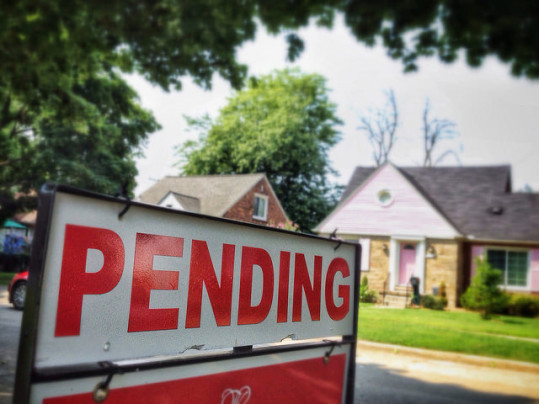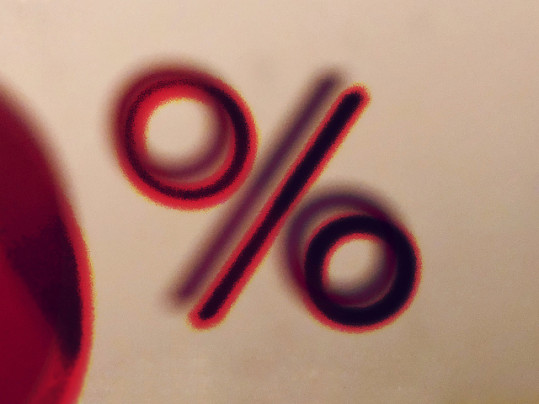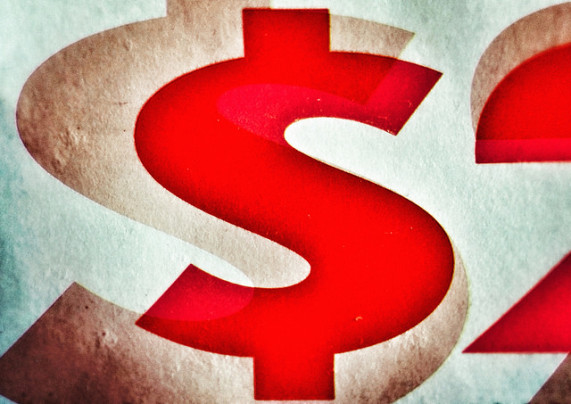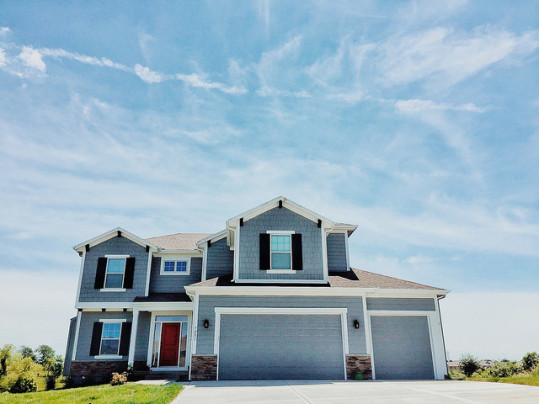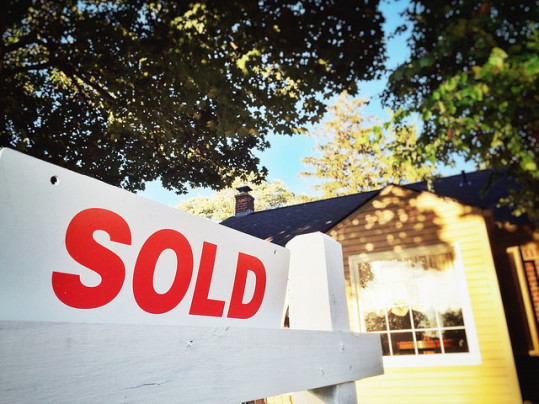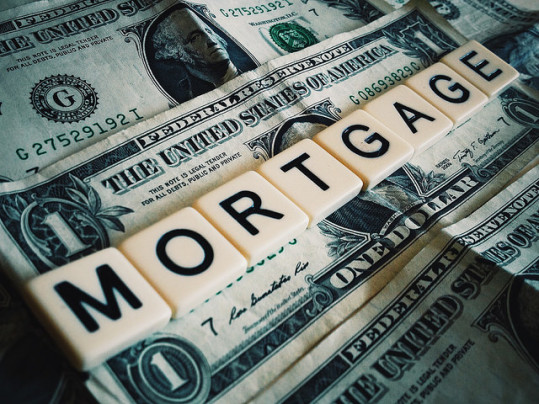The National Association of Realtors’ Pending Home Sales Index tracks the number of contracts to buy homes signed each month. Because it measures contract signings, and not closings, it’s a good predictor of future home sales numbers. In June, the index saw a 16.6 percent improvement. It is now 6.3 percent higher than last year at the same time. Lawrence Yun, NAR’s chief economist, says the gains are surprising. “It is quite surprising and remarkable that, in the midst of a global pandemic, contract activity for home purchases is higher compared to one year ago,” Yun said. “Consumers are taking advantage of record-low mortgage rates resulting from the Federal Reserve’s maximum liquidity monetary policy.” All four regional indices saw double-digit, month-over-month increases, with the Northeast leading all others with a 54.4 percent surge. Also in the report, the NAR has revised their 2020 forecast due to the strength of the housing market’s recent rebound. They now see home sales falling just 3 percent this year. (source)
Archive for July 2020
Mortgage Rates Mostly Flat From Last Week
According to the Mortgage Bankers Association’s Weekly Applications Survey, average mortgage rates were mostly flat last week. In fact, rates were virtually unchanged for 30-year fixed-rate mortgages with both conforming and jumbo balances, as well as 15-year fixed-rate loans. However, rates for loans backed by the Federal Housing Administration spiked, leading to a decline in application demand for FHA loans. Mike Fratantoni, MBA’s senior vice president and chief economist, said rates remain near record lows. “Mortgage rates remained near record lows for conventional loans last week, and refinances in the conventional sector continued to slightly increase,” Fratantoni said. “However, rates on FHA loans rose, leading to an almost 18 percent drop in FHA refinances.” The drop in refinance demand, combined with purchase activity falling 2 percent, led to a 0.8 percent decrease in overall mortgage application demand. Still, refinance activity remains 121 percent higher than it was at the same time last year, while demand for loans to buy homes is up 21 percent. The MBA’s weekly survey has been conducted since 1990 and covers 75 percent of all retail residential mortgage applications. (source)
Are Home Price Increases Beginning To Slow?
The S&P Case-Shiller Home Price Indices are considered the leading measure of U.S. home prices. According to their most recent release, which covers data through the end of May, national home prices are up 4.5 percent year-over-year – which is down from 4.6 percent in the previous month’s report. Craig J. Lazzara, managing director and global head of index investment strategy at S&P, says though home prices are still increasing, they may be rising at a slower rate than before. “In contrast with the past eight months, May’s gains were less than April’s,” Lazzara said. “Although prices increased in May, in other words, they did so at a decelerating rate. We observed an analogous development at the city level: prices increased in all 19 cities for which we have data, but accelerated in only 3 of them (in contrast with 12 cities last month and 18 the month before that).” Lazzara cautions that decelerating price increases are different than actual price declines. In short, home prices are still headed higher, even if they may be moving up less quickly than before. (source)
Home Sellers See $76,000 Profit On Typical Sale
Low inventory has been the housing market’s main challenge since well before the coronavirus pandemic began. Since its onset, though, the number of homes for sale has moved even lower. That means, in many markets, there are more interested buyers than available homes. And, according to ATTOM Data Solutions’ second-quarter Home Sales Report, that means big gains for home sellers. In fact, their report shows home owners who sold during the second quarter saw a $75,971 profit on the typical sale, up from $66,500 in the first quarter. Todd Teta, ATTOM’s chief product officer, says profit margins are now at record highs. “The housing market across the United States pulled something of a high-wire act in the second quarter, surging forward despite the encroaching economic headwinds resulting from the coronavirus pandemic,” Teta said. “Profit margins hit new records as prices kept climbing, with few indications that the impact of the virus would topple the market.” The typical homeowner who sold a house during the second quarter owned their home for eight years. (source)
New Home Sales Increase Beats Expectations
The housing market continues to show encouraging signs of improvement. Just how encouraging becomes clearer with each new data release. For example, it was just reported that sales of previously owned homes rose nearly 21 percent in June. Now, new numbers from the U.S. Census Bureau and the Department of Housing and Urban Development show June sales of newly built single-family homes increased too, rising 13.8 percent month-over-month. It was the fastest sales pace since 2007 and a significantly faster pace than economists forecasted. In fact, economists polled by Reuters expected new home sales to increase just 4 percent. Surging new home sales are yet another sign that home buyers have returned to the market after putting their plans on hold this spring. Even when compared to last year, sales are up – with June’s improvement pushing new home sales nearly 7 percent higher than they were at the same time last year. Also in the report, the median sales price of new homes sold in June was $329,200. The average sales price was $384,700. (source)
Existing Home Sales Up 20.7% In June
When the coronavirus outbreak began in March, optimistic analysts predicted the housing market would begin to rebound in the fall. But, according to new numbers from the National Association of Realtors, the recovery is far ahead of schedule. In fact, the recently released numbers show sales of previously owned homes had a record setting month in June. Overall, completed sales of single-family homes, townhomes, condominiums, and co-ops were up 20.7 percent month over month. Lawrence Yun, NAR’s chief economist, says the recovery has been strong and looks to be sustainable. “The sales recovery is strong, as buyers were eager to purchase homes and properties that they had been eyeing during the shutdown,” Yun said. “This revitalization looks to be sustainable for many months ahead as long as mortgage rates remain low and job gains continue.” The rebound was strongest in the West and South, though the Midwest and Northeast also saw significant month-over-month improvement. But while the quickness and strength of the recovery has been encouraging, sales are still down from last year – with overall transactions 11.3 percent below where they were in June 2019. (source)
Demand For Purchase Loans Continues To Rise
According to the Mortgage Bankers Association’s Weekly Applications Survey, demand for home purchase loans increased 2 percent last week and is now 19 percent higher than it was last year at the same time. The improvement comes during a week when average mortgage rates were mostly flat, with only rates for loans backed by the Federal Housing Administration seeing a significant drop. Overall, though, mortgage rates remain near all-time lows. Joel Kan, MBA’s associate vice president of economic and industry forecasting, says buyer demand continues to be strong. “There continues to be strong home buyer demand this summer, as home shoppers have returned to the market in many states,” Kan sad. “Purchase activity increased again last week and was up 19 percent compared to last year – the ninth straight week of year-over-year increases.” Also in the report, low rates pushed refinance activity 5 percent higher than the week before. The refinance index is now 122 percent higher than last year. The MBA’s weekly survey has been conducted since 1990 and covers 75 percent of all retail residential mortgage applications. (source)
